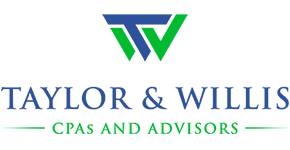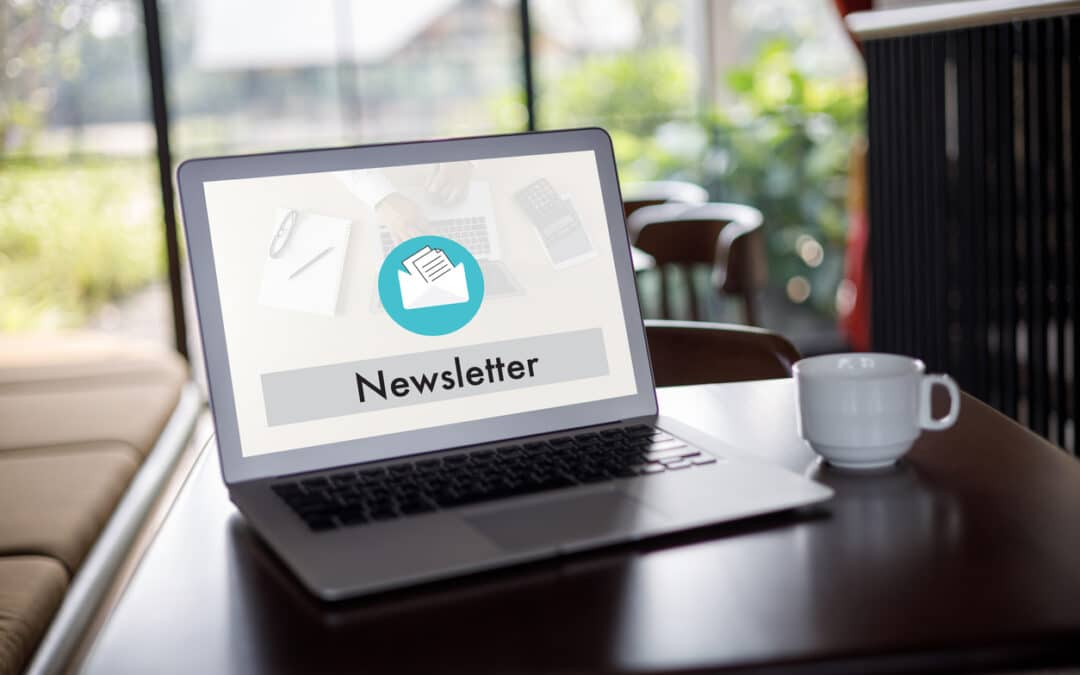New Forgiveness Rules for Past, Current, and New PPP Money
Good news: the new Paycheck Protection Program (PPP) law enacted with the stimulus package adds dollars to your pocket if you have or had PPP money.
Note that the PPP money comes to you in what appears to be a loan. We say “appears” because you typically pay back a loan.
Done right, however, the PPP loan is 100 percent forgiven. The word “loan” makes some businesses leery of this arrangement. Don’t be. The PPP monetary arrangement is a true “have your cake and eat it too” deal.
And this remarkable deal applies to your past PPP loan, the PPP loan you have outstanding, and the PPP loan you are about to get if you have not had one before. Here are the details:
Loan Proceeds Are Not Taxable
The COVID-19-related Tax Relief Act of 2020 reiterates that your PPP loan forgiveness amount is not taxable income to you.
Expenses Paid with Forgiven Loan Money Are Tax-Deductible
As you may remember, the IRS took the position that expenses paid with PPP loan forgiveness monies were not deductible.
Lawmakers disagreed but were unable to get the IRS to change its position. The IRS essentially told lawmakers, “If you want the expenses paid with a PPP loan to be deductible, change the law.”
And that’s precisely what lawmakers did. The COVID-19-related Tax Relief Act of 2020 states that “no deduction shall be denied, no tax attribute shall be reduced, and no basis increase shall be denied, by reason of the exclusion from gross income.”
In plain English, the expenses paid with monies from a forgiven PPP loan are now tax-deductible, and this change goes back to March 27, 2020, the date the Coronavirus Aid, Relief, and Economic Security (CARES) Act was enacted.
Round 2: Additional Tax-Free PPP Money for You?
If you received an initial PPP loan, you can qualify for a second round (called a “second draw”) of tax-free PPP money.
To qualify for the second-draw PPP money, you must
1. have 300 or fewer employees;
2. have suffered a 25 percent or greater loss in revenue during at least one quarter of 2020 when compared to 2019; and
3. have already used your original PPP money (or be planning to use it soon).
The mechanics of the second-draw PPP loan amount follow the rules that apply to the original (first-draw) PPP loan, with some modifications. The overall limits work as follows:
- The loans are capped at $2 million or less.
- If you are not a hotel or restaurant (NAICS code 72), you identify your average monthly payroll for either 2019 or the trailing 12 months and then multiply it by 2.5 to find your loan amount.
- If you are a hotel or restaurant, you multiply by 3.5.
During a period of your choice, beginning eight weeks from the origination date of the loan and ending 24 weeks after the origination date, you must use 60 percent or more of the monies for defined payroll in order to achieve 100 percent forgiveness.
Expenses that can qualify for forgiveness include the following:
- Payroll
- Rent
- Interest on mortgage obligations
- Utilities
- Operations expenditures
- Property damage
- Supplier costs
- Worker protection
And finally, keep these three thoughts in mind:
1. Act fast, because this money goes in a hurry.
2. The incoming PPP loan monies are tax-free.
3. Expenses paid with PPP loan monies that are forgiven are tax-deductible.
New Chance for PPP Monies
Did you miss out on your prior opportunities to receive tax-free PPP cash?
Many did miss out. Why? One reason: the word “loan.” Who wants a loan? No one. Well, almost no one.
But who wants a tax-free cash gift? If you do, read on for the details. But first, you should know that the big picture works like this:
1. You obtain your tax-free PPP monies from a lender (it’s called a “loan,” but watch that word disappear as you read on).
2. You spend all the PPP money on yourself if you are self-employed or operate as a partnership; on payroll (including pay to you, if that applies); and on other covered expenses such as rent, interest, utilities, operations, property damage, suppliers, and worker protection.
3. You apply for loan forgiveness and achieve 100 percent loan forgiveness, which is easy when you spend 60 percent or more of the money on payroll (and yourself if you are self-employed or a partner in a partnership).
4. You deduct the expenses that you paid with the PPP loan monies that were forgiven.
New Money on the Table
The new COVID-19 stimulus act sets aside $35 billion for first-time PPP applicants, with $15 billion of that made in loans for first-time applicants with 10 or fewer employees or made in amounts less than $250,000 to businesses in low-income areas.
New Deadline
The new deadline of March 31, 2021, replaces the expired deadline of August 8, 2020.
The monies available in this new round of PPP funding are on a first-come, first-served basis. Don’t procrastinate. Get your application for your first-time PPP monies in now.
New Stimulus Law Grants Eight Tax Breaks for Individual Filers
As you know, Congress recently passed a massive new stimulus bill that was enacted into law on December 27, 2020. Most of the public’s attention has been focused on the bill’s authorization of additional stimulus checks, new PPP loans, and other aid targeted to struggling businesses.
But Form 1040 American taxpayers who are not in business are struggling as well. The stimulus bill contains a hodgepodge of eight new or extended tax breaks intended to help Form 1040 filers.
None of these tax breaks are earthshaking by themselves, but together they add up to a nice tax present for COVID-19-weary Americans.
Here are the eight new tax breaks that can help you:
1. Deduct cash contributions to charity if you don’t itemize.
2. Deduct up to 100 percent of your adjusted gross income (AGI) as a charitable deduction.
3. Lengthen to one year the time you have to repay your 2020 employee Social Security taxes if your employer deferred them.
4. Deduct medical expenses in 2021 using the now-extended 7.5 percent of AGI floor for these deductions.
5. Carry over unused flexible savings account (FSA) funds to next year.
6. Use your 2019 income to qualify for the earned income tax credit and/or the child tax credit if you’re a lower-income taxpayer.
7. Deduct out-of-pocket expenses for personal protective equipment (PPE) if you’re a teacher.
8. Take advantage of the lifetime learning credit in 2021 if you’re a higher-income taxpayer.
Proof for the Home-Office Deduction
Question. If you have an office outside your personal home—say, downtown—can you have a tax-deductible office inside your home for the same trade or business?
Answer. Yes.
Q. Who says that?
A. The IRS.
Q. Show me where they say that!
In IRS Publication 587, the IRS says this:
Your home office will qualify as your principal place of business if you meet the following requirements:
1. You use it exclusively and regularly for administrative or management activities of your trade or business.
2. You have no other fixed location where you conduct substantial administrative or management activities of your trade or business.
The quote above mirrors the law and the legislative history. Note the following points:
· The administrative office is a “principal” office.
· You must use this office exclusively for business.
· You must use this office regularly for business.
· You must do your administrative work in your home office.
· You must not do your administrative work in the office outside the home.
Here is a second important quote from IRS Publication 587:
You can have more than one business location, including your home, for a single trade or business.
The IRS makes this rule very clear and straightforward: you may have more than one office for your business, including an office in your home.
ABLE Accounts: A Great Deal for the Disabled and Their Families
Sixty-one million adults and over 12.6 million children in the United States have some type of disability.
If you have a disabled or blind child or other family member, or are disabled or blind yourself, you should know about ABLE (Achieving a Better Life Experience Act) accounts. These tax-advantaged accounts can be a real game changer for the disabled.
Ordinarily, a disabled person who receives government benefits can have only $2,000 in cash or other countable assets. This can make it impossible for disabled people to save money for emergencies, buy a house or car, or take a vacation.
This is where ABLE accounts come in. Contributions to ABLE accounts up to certain levels are not counted for purposes of means-tested programs for the blind and disabled. Disabled people can have up to $100,000 in an ABLE account without losing Social Security disability benefits.
Contributions to ABLE accounts are not deductible for federal income tax purposes, but the money in the account grows tax-free. Withdrawals are also tax-free if made for a variety of living- and disability-related expenses.
Up to $15,000 in total can be contributed to an ABLE account each year. Contributions can come from the disabled beneficiary, from family, and from friends. Disabled people who work can put in an additional amount limited to the lesser of their compensation or $12,490 in 2021.
A total amount of $300,000 to $500,000 can be deposited into an ABLE account, depending on the state. There is only one real drawback to ABLE accounts: they are available only for people who became blind or disabled before reaching age 26. This eliminates the majority of the disabled.
ABLE accounts are run by the states. Forty-two states and the District of Columbia have them. You don’t have to set up an account in the state where you live, and it can pay to shop around.
By the way, if you have a special needs trust, you can keep it. An ABLE account can be set up in addition to a special needs trust.











